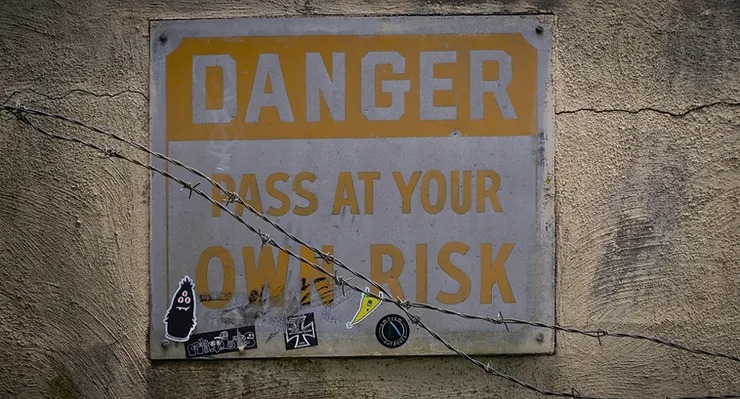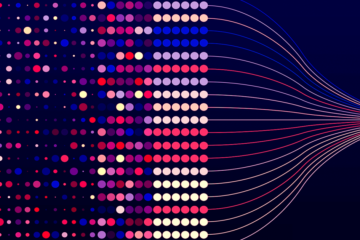Commodity trading risk management (CTRM) systems have become an essential tool for managing commodity trading risks. The technology behind these systems has advanced significantly in recent years, and many of them now offer sophisticated functionality for managing market risk. However, the question remains whether these systems are sufficient for managing risks beyond market risk.
To answer this question, it’s important to first understand what we mean by risks beyond market risk. Market risk refers to the potential for financial loss resulting from changes in the value of a commodity due to market fluctuations. Other types of risks that commodity traders may face include credit risk, operational risk, regulatory risk, and political risk.
Credit risk arises from the possibility that a counterparty may not fulfill its obligations under a contract. Operational risk refers to the potential for financial loss due to internal processes, people, or systems failing. Regulatory risk refers to the possibility that changes in regulations or laws may affect commodity trading activities. Political risk refers to the potential for financial loss due to changes in political conditions in a particular country or region.
While CTRM systems are designed primarily to manage market risk, many of them now offer functionality to manage other types of risk as well. For example, some CTRM systems can track credit risk exposure by providing real-time credit limit monitoring and credit risk reporting. Similarly, operational risk can be managed by using CTRM systems to automate and standardize operational processes, reducing the risk of human error.
Regulatory risk can also be managed by using CTRM systems that incorporate compliance features such as tracking regulatory changes and providing alerts when compliance issues arise. Similarly, political risk can be managed by using CTRM systems to track geopolitical events and assess their potential impact on commodity prices and trading activities.
However, while CTRM systems offer some functionality for managing risks beyond market risk, it’s important to note that these systems are not a panacea. They cannot eliminate risks altogether, and they do have limitations. For example, CTRM systems may not be able to capture all the nuances of credit risk, and they may not be able to fully automate complex operational processes. Similarly, while CTRM systems can track regulatory changes, they may not be able to anticipate future changes or fully assess the impact of changes on trading activities.
Furthermore, while CTRM systems can track geopolitical events, they may not be able to fully capture the potential impact of these events on commodity prices and trading activities. Political risk is often highly unpredictable and can change rapidly, making it difficult for CTRM systems to provide timely and accurate assessments.
Another limitation of CTRM systems is that they are only as good as the data that feeds into them. Inaccurate or incomplete data can lead to flawed risk assessments and decisions. Therefore, it’s important to ensure that data quality is high and that data is entered into CTRM systems accurately and in a timely manner.
In conclusion, while CTRM systems offer some functionality for managing risks beyond market risk, they are not a complete solution. Commodity traders need to adopt a holistic approach to risk management that incorporates a range of tools and techniques, including CTRM systems, to manage all types of risk effectively. Moreover, it’s important to recognize the limitations of CTRM systems and to supplement them with other tools and techniques as necessary. Ultimately, effective risk management requires a combination of technology, processes, and people, and commodity traders need to invest in all three to manage risks effectively in today’s volatile markets.



